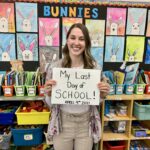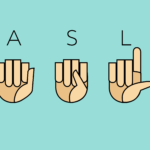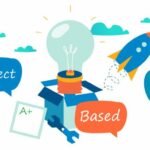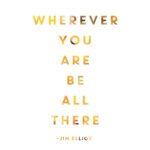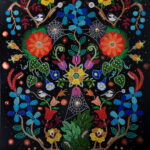
September 25th was a beautifully enlightened day of learning. I was honored to have the opportunity to take part in the Lhulh’uts’uten Equity Scan to Action Plan, Indigenous Day of Learning. Although this year the conference was a bit different as it was on Zoom, it was no less powerful! The opening speaker Dr. Dustin Louie was phenomenal, and set a great tone for the rest of the day. In his opening talk one piece that really stuck out to me was his address to the bias’s that everyone has. Dr. Louie essentially called out everyone in attendance for having a bias towards their students, and that even though we may feel shame for this it is worse for us all to act like we don’t. He brought this up in relation to our minority students, especially those of Indigenous background. Understanding and addressing our individual bias is the first step in creating a new way of thinking. We, as emerging educators, are constantly told about the power of growth mindset and the importance this has on developing knowledge or skills. Therefore, Dr. Louie encouraged us all to look inward and identify our bias so as to essentially un-learn them. By doing so, we can all better establish an educational system based in equity.
During the afternoon I took part in the “Storytelling, Symbolism, and Inter-Cultural Relationships” workshop presented by Jolene Andrew. Jolene is an Aboriginal community developer as well as a North West Coast artist. The beginning of the workshop was opened by an oral storytelling by Jolene of a crow and a young boy that spoke to the consequences of not looking after your own things as well as the importance of friendships and acting in kindness. Following this, Jolene taught us all some of the foundational shapes that go into West Coast Indigenous art. It was such a gift to have the opportunity to learn about this type of artwork and have the invitation to play with this ourselves. Jolene also spoke to the sacredness of Aboriginal Peoples artwork and how people that do not have a ancestral and culturally relational tie to this form of art should not participate in profiting from it. She also addressed though, that she believes that students should have the opportunity to learn about various Indigenous artforms and experiment in creating these as long as they are using a respectful practice. This was such a powerful moment for me, as I feel as though I could bring this piece of appreciating and understanding artworks from various Indigenous territories and peoples in a culturally appropriate manner.
I think for many of us the incorporation of Indigenous education can seem daunting as we do not want to offend or disrespect the culture. However, it is this fear that keeps ourselves, our students, and our communities in the past and not toward our endeavors in reconciliation. The continual journey towards establishing curriculum that is inclusive to Aboriginal education is imperative to the educational systems of Canada. This also acts as a healing vehicle for the relationships of Aboriginal and non-Aboriginal educators and learners within their school environment and community.
